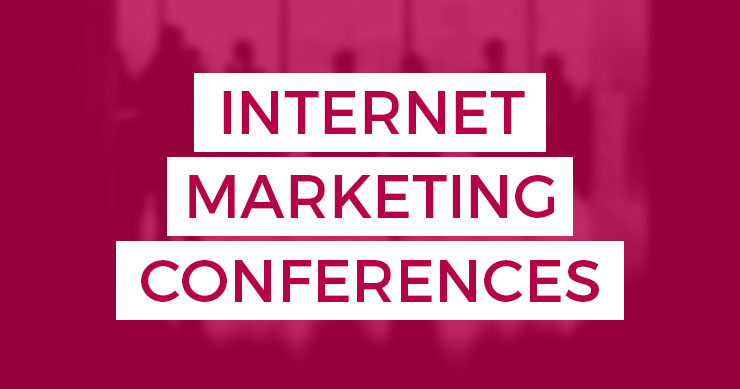We’re back from lunch and done ogling the babies of Tamar Weinberg and Danielle and Chris Winfield. They were cute but search is cuter. [Okay, not really. Vi Winfield is maybe the cutest baby ever. Definitely the most fashionable.]
Gordon Hotchkiss is moderating speakers Jeremy Crane, Kristjan Mar Hauksson, Kimbal Musk, and Shari Thurow*. We’re gonna talk about how users search for current events news. Michael Jackson? Iran? Taylor Swift and kitten stomping? Yeah…we got that.
Search always had the dimension of “what”, but to add the dimension of “when” is really interesting, says Gord. He lives in area of Canada where they have to worry a lot about forest fires. This summer created a really interesting social media experiment because he could watch news as it happened. He could see where smokes came up from new fires. They had staff living in communities right below where the second fire started. Obviously the temporal aspect of news became very important. The faster you know there’s a fire, the faster you can evacuate. Every minutes counts when you only have 10 to get out.
Gord got his updates about the fires from Twitter. His wife was inside getting her updates from TV. The radio reporters were monitoring Twitter and the traditional channels failed big time. It took 2-3 hours to get updates of new fires. Twitter caught them in 15 minutes.
Up first is Jeremy Crane.
Real Time Search or just Real Search?
Current event search is the ultimate real time search opportunity. It’s what consumers are looking for in the moment. That’s the ultimate example of when search can fail or succeed. There are lots of ways people are attacking this right now:
- Google News
- Cuil
- Yahoo
- Bing
- Twazzup
- Scoopler
- CrowdEye
- YouTube
- OneRiot
Where do people turn when IT happens?
Michael Jackson died and almost took the Internet with him (CNN). People were looking for info on Google, on Facebook, Twitter, Google News, OneRiot, etc. Consumer habits don’t change until there’s a stimulus. When Michael Jackson died, ~7.8000 were searching Google that day. Consumers turned to Google, that’s who took the big hit. The day after Michael Jackson’s death, people went to YouTube to relive memories, to get his old content, etc. They turned away from the news sites and toward where they could go to experience Michael Jackson. Searchers looking for Michael Jackson content flocked to commerce sites:
- music.yahoo.com
- youtube.com
- myspace.com
- ebay.com
- amazon.com
- music.msn.com
- mtv.com
- music.aol.com
- imeem.com
- playlist.com
- last.fm
Michael Jackson’s dead was good for business.
Google and Twitter Dueled for Real Time Search for Iran Election
On the day of the Iran election, everyone turned to Google first. The next day, Google dropped off and everyone went to Twitter and continued to build until it reached a head (and twice Google’s query volume) about three days later.
Jeremy compares the share of searchers for Michael Jackson and the Iran election. It’s…interesting.
Taylor Swift & Kanye West’s Kitten Stomping
Going into Monday, there was a BIG spike in traffic. Everyone was headed to YouTube to see the video of what happened. After that, they went to Google. Oddly enough, there was some odd Bing activity where they had a three day spike.
Interesting was that in the Real Time Search category: Google, Facebook, Yahoo, and MySpace all took the top nods in search traffic. Twitter came in 8th.
Takeaways:
- Regular consumers user search engines.
- Know thy audience
- Different forums require different tactics.
- Prepare for opportunity and exploit it.
Next up is Kristjan. He comes from Iceland.
He’s been studying how people react to financial news compared to sports, breaking, etc. Breaking News…the time from when it happens until it becomes news.
They’ve observed over 200 news and PR distributions. It taught them that Google News picks stories up within 2 to 5 minutes, even less in some cases.
How do journalists, reporters, editors and other stakeholders use the Internet?
We know that 98 percent of journalists go online daily and some 78 percent use it for research. We do not know the exact response time. How much time elapses from when a news story breaks til when it’s covered?
Response time measurement
Example: United Airlines mads an emergency landing in Iceland. They used the experience to observe how The New York Times, Washington Times, Cnn, Seattle times, handled it.
Timeline:
- 14:30: A US Airplane makes a safe unscheduled landing. IceNews gets access to information beating all other news outlets.
- 14:42: The new goes ive.
- 14:44: Google picks it up.
- 40 minutes later: CNN visits.
- 42 minutes later: Boing visits (they came a total of 14 times)
- 2 hours later: Fly United becomes a Twitter follower of the news source.
Stakeholders impact
- Navy comes in at 14:58 (came 4x in 8 minutes)
- Boing came in at 15:24
- Delta comes in at 15:35
- Travelers Insurance comes in at 20:20
- AlaskaAir comes in at 20:51 through Twitter
24 hours later, Google showed 197 channels carrying the story. They collected data on over 200 articles: 80 percent of readers happen within the first 24 hours. Google News returns around 25 percent of referrals, Google Web Search brought another 52 percent. The rest was direct access and other referrals.
There’s a pattern to behavior that gives us an intelligence into how competitors and journalists act. You can take that data and share it with clients about how to use real-time information. There’s a lot to be gained from understanding stakeholders.
*[Shari Thurow is next up to give her presentation but views her slides as copyrighted intellectual property. To not violate her copyright, we won’t be blogging her presentation.]
Next up is Kimbal. He’s from OneRiot.com and gives us a demo of how the site works.
He does a search for iPhone and shows what comes up. There are lots of news sources, some blog content (Mashable), tweets, etc. I’m not familiar with the site and can’t play with it to find out more (the wifi in this room is less than desirable, sadly. The others are pretty good.). Bummer. It looks neat though. I’d encourage you to give it a shot.
The thing with OneRiot.com, people are in a content consumption mode. That’s why they go to the Web site. Whatever the marketer provides has to be in that mode of consumption or the user is going to ignore you. He’s seen that content consumption is really exploding. They create ads for OneRiot based on content that they know is fresh and new. They can match content of a page with a search time.


